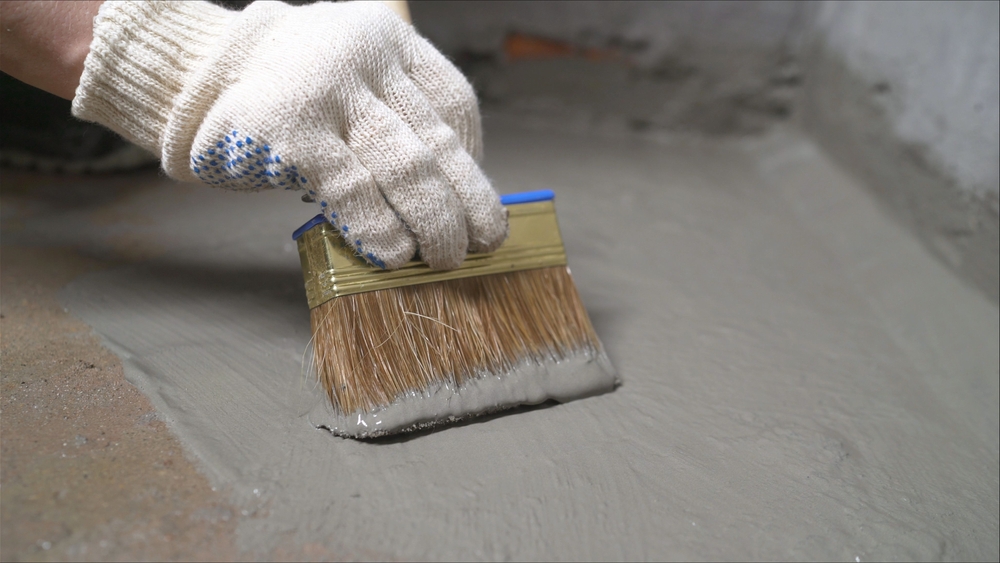Effective basement waterproofing is essential for the health of your home and your family. Without it, rainwater and/or sewage can wreak havoc in two very different ways:
1) A flood is an emergency that must be fixed ASAP as it can cause immediate property damage to fixtures and furniture, or even a fire caused by an electrical short.
2) Conversely, the gradual build-up of moisture is a longer-term issue that can slowly deteriorate your home’s foundation and cause health problems related to mold growth.
HomeStars spoke to Carl McDowell of Canada Waterproofers to get the lowdown on both problems and how to get the best basement waterproofing results. There are many common misconceptions about waterproofing like improved grading around the house will fix a wet basement. As Carl says, “Proper grading alone will not fix the problem – it’s only part of the total solution.”
Potential Causes
Floods can be caused in many ways, as shown in this diagram:
– Sanitary or storm sewer lines backing-up into your basement
– Broken downspouts or rain gutters
– Cracks in foundation or footings
– Collapsed or broken weeping/drainage tile
– Poor grading around your house
– If the drain pipe below a window well is blocked, a heavy rain will fill the well, then seep through the bottom of the window unseen behind the drywall and onto the basement floor.
While the issues listed above may or may not cause a flooded basement, they will eventually cause the gradual build-up of moisture, with its attendant risks to home and health described above.
Mold is a Hidden Enemy
Because mold grows best in dark and damp areas, you likely won’t see it hiding behind drywall in your basement. And while you may or may not smell mold, it’s best to hire a basement waterproofing pro who can detect moisture or mold using either a moisture meter or an infrared camera and then determine the cause of the moisture and recommend the best mold removal solutions. If you’re concerned that there may be a lot of mold in your home, consider reaching out to a mold detection and removal specialist.
Prevent Sewer Back-ups
To prevent sewage backing up into your home, many municipalities require downspouts to be disconnected from storm sewer lines and installation of backwater valves. And some municipalities offer rebates to partially offset the cost of installing a backwater valve.
As Mr. McDowell of Canada Waterproofers says, “To prevent storm sewer back-ups, you need to take three steps: disconnect downspouts; install a backwater valve; and ensure the sump pump collects groundwater and pumps it back outside the house.”
This 3-minute video courtesy of DryShield Water Solutions recommends several steps to achieve both exterior and interior basement waterproofing.
Questions to Ask
When interviewing a prospective basement waterproofing company, Mr. McDowell recommends you make sure to ask “if the salesperson inspecting your basement is licensed as a Builder/Renovator. If not, they may misdiagnose your problem.” A Master Plumber’s license is not required but certainly adds to their credentials. Ask to see proof of liability insurance and worker’s compensation.
Finally, before excavation begins it’s imperative to ensure there are no underground utilities nearby – but get the Contractor to do it, not you. Each province has different requirements, e.g., OntarioOneCall, AlbertaOneCall and in B.C., Call or Click Before You Dig.
When you’re ready to take the preventative steps of having your basement waterproofed, start on HomeStars to find the right pro for the job. Click here to quickly and easily be connected with top waterproofing professionals in your area.
Article Updated June 2022.
